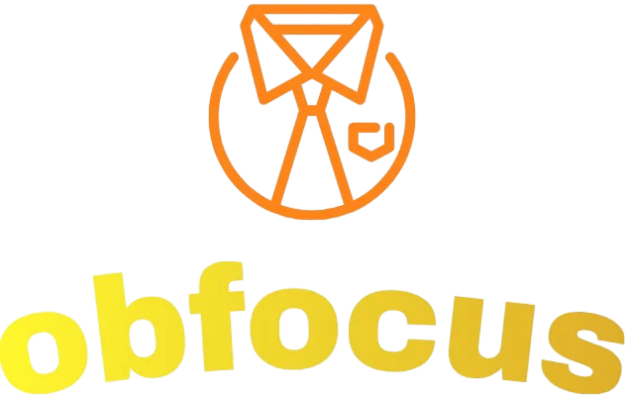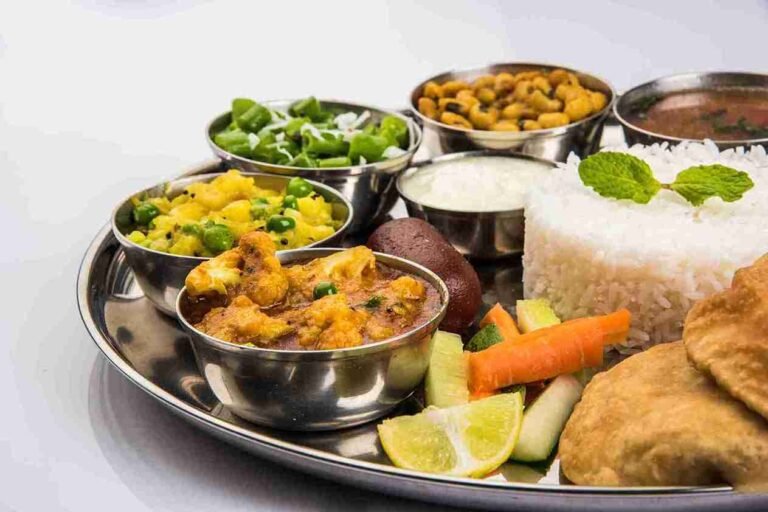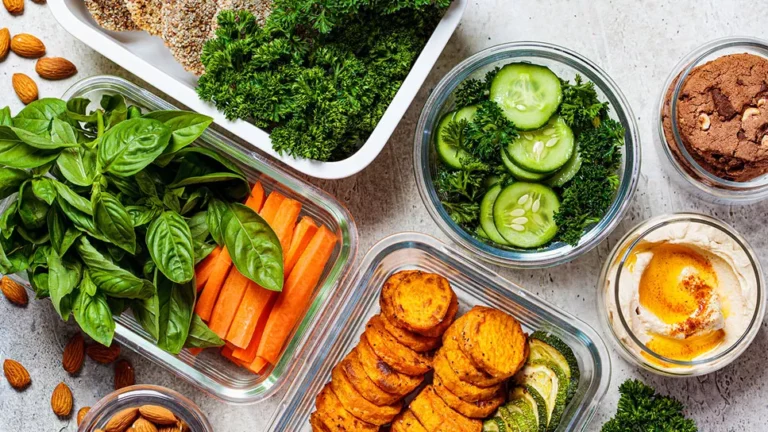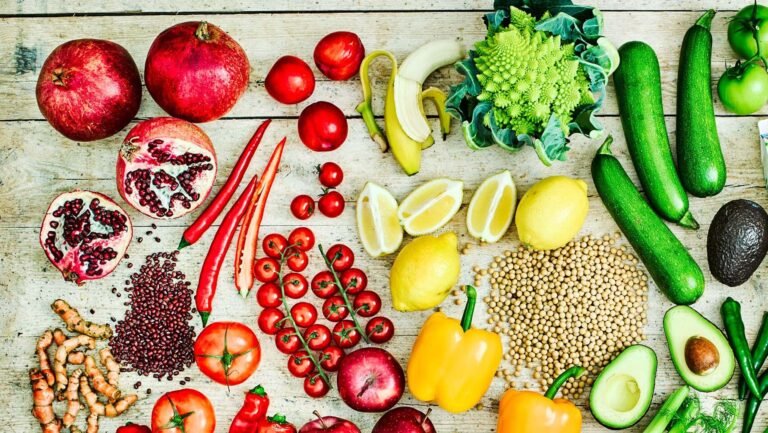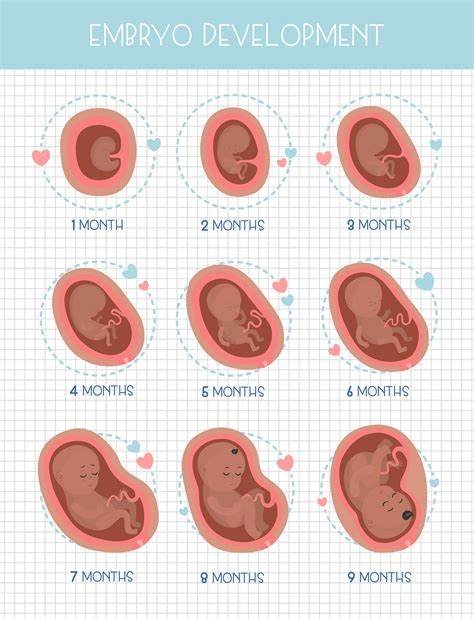
Best Tips for Reading Food Labels
Reading food labels is an important skill for making healthier food choices. If you’ve ever wondered tips for reading food labels, you’re not alone. Many people struggle to understand what’s really in the foods they buy. Understanding how to read food labels correctly can help you choose healthier options that align with your goals. In this article, we’ll share some tips for reading food labels that will help you make smarter decisions next time you shop.
Why Reading Food Labels Matters
The reason it’s important to know tips for reading food labels is simple: food labels provide valuable information about what’s in the products you buy. By reading them, you can make sure you’re consuming the right nutrients, avoiding unhealthy ingredients, and sticking to your dietary goals. Once you understand how to read food labels, you’ll be able to make better choices and take control of your health.
Key Tips for Reading Food Labels
Here are some tips for reading food labels that will help you become a more informed shopper.

1. Check the Serving Size
The first thing to look at when reading a food label is the serving size. This is the amount of food the label is based on. Often, the serving size is smaller than you expect. It’s important to understand this because all the nutritional information, like calories and fat, is based on that specific amount. So, if you eat more than the serving size, you’ll be consuming more calories, fats, or sugars than listed. Always check the serving size and adjust the numbers accordingly.
2. Look at the Calories
Next, check the calorie count per serving. Knowing how many calories are in a serving will help you manage your daily intake. If you’re trying to lose weight, you may want to limit your calorie intake. But if you’re active and need more energy, you may require more calories. By understanding tips for reading food labels, you can make decisions based on how many calories you need to meet your goals.
3. Pay Attention to the Ingredients List
The ingredients list is one of the most important parts of tips for reading food labels. It tells you what’s actually in the food. Ingredients are listed from the most to the least by weight. If the first few ingredients are unhealthy, like sugar, salt, or refined flour, it might not be the best choice. Try to choose products with whole foods as the main ingredients, such as fruits, vegetables, or whole grains. The fewer processed ingredients, the better.
4. Look for Nutrients You Need
Another key part of tips for reading food labels is checking for essential nutrients like fiber, protein, vitamins, and minerals. For example, aim for foods that provide a good source of fiber, as it’s important for digestion. Protein helps build muscles and keeps you full. Vitamins like A and C support immunity, while minerals like calcium are vital for bone health. These nutrients contribute to your overall well-being, so make sure your food choices contain enough of them.
5. Watch Out for Added Sugars
Added sugars are hidden in many processed foods, which is why it’s important to check for them when you read food labels. Too much sugar can lead to weight gain, energy crashes, and other health problems. Look for foods with little to no added sugars. Instead of processed sugars, try to choose options that get their sweetness from natural sources like fruit. This is one of the most important tips for reading food labels if you’re trying to maintain a healthy diet.
6. Understand Fat Content
Not all fats are bad for you, but it’s important to understand the different types. When reading food labels, look for unsaturated fats, which are healthier for your heart. These fats are found in foods like olive oil, avocados, and nuts. Try to avoid trans fats, which are artificial fats found in many processed foods. Trans fats raise bad cholesterol levels and increase the risk of heart disease. So, knowing the type of fat in your food can help you make better choices.
7. Check for Sodium Levels
Too much sodium (salt) can lead to high blood pressure and other health problems. When reading food labels, pay attention to sodium levels, especially in processed foods like canned soups, snacks, and frozen meals. If a product contains more than 20% of your daily sodium value per serving, it’s best to limit your intake. Choosing foods with lower sodium content can help you keep your heart healthy and reduce the risk of hypertension.
How to Make Smarter Choices with Food Labels
Now that you know the tips for reading food labels, it’s time to apply them when shopping. Here are some practical ways to make better choices:
1. Compare Products
When shopping, always compare food labels for similar products. You may find that one brand has fewer added sugars or more fiber than another. This is where tips for reading food labels come in handy. Comparing labels can help you choose the healthier option.
2. Choose Whole, Unprocessed Foods
Whenever possible, choose whole and unprocessed foods. Fresh fruits, vegetables, and whole grains often don’t need labels at all! These foods are naturally rich in nutrients, and they don’t have added sugars, unhealthy fats, or preservatives.
3. Be Aware of Marketing Claims
Many products claim to be “low-fat,” “sugar-free,” or “organic,” but don’t be fooled. Always check the label to verify the claims. Sometimes, these products still contain high levels of sodium, sugar, or unhealthy fats. Understanding tips for reading food labels will help you avoid misleading marketing claims and make informed decisions.
Conclusion: Reading Labels for Better Health
In conclusion, learning tips for reading food labels is a valuable skill for making healthier food choices. By understanding how to check serving sizes, calories, ingredients, and nutrient content, you can take control of your diet and improve your health. Keep these tips in mind the next time you shop, and remember that choosing whole, natural foods is always a smart choice. With practice, reading food labels will become second nature, and you’ll be well on your way to a healthier lifestyle.
